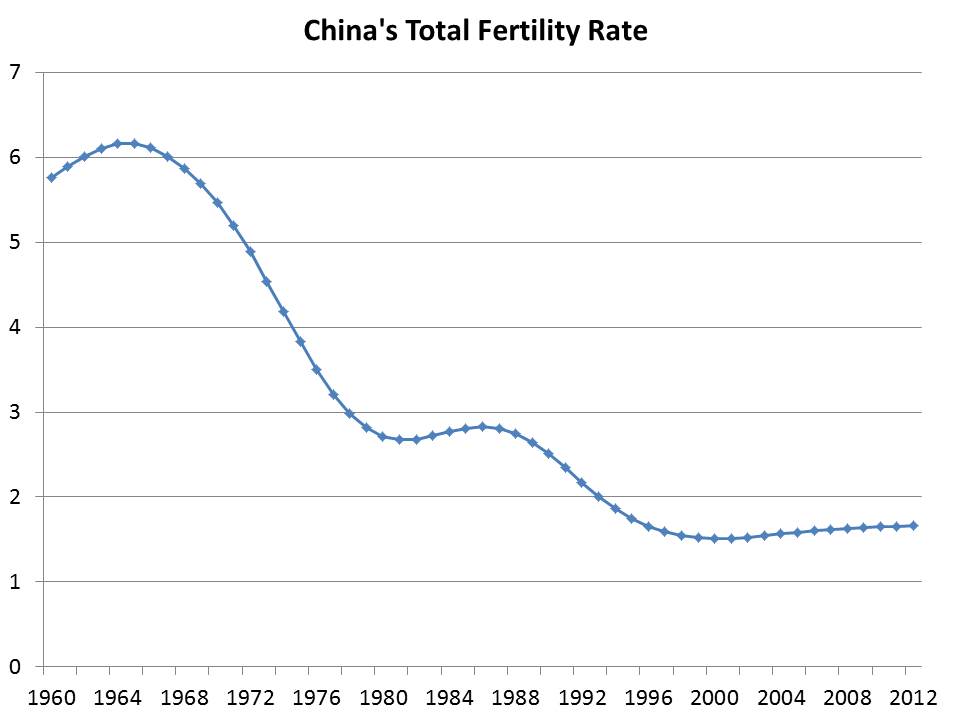The steppe did see significant swings in rainfall patterns, back and forth, over the centuries. I suppose, given the geography, it means that lower Yellow River plains did see these changes too.
In the form of floods, sure. Things did get worse, as they did everywhere on Earth, as the Chinese cleared the native forests.
Northern Ordos is more curious case. Yes, it's very arid, but there is also the river...
It's traditionally had a very large endorheic salt lake in the NW that's disappeared as its affluents were reapplied to farming projects in the 20th century. The NE and central countryside, though, has been pretty fertile pasture at times in the past.
It's not weird that some arid regions end up with a major river running through them. Off the top of my head, that's the situation in Upper Egypt, Nubia in northern Sudan, several of the Central Asian states, most of Xinjiang in China, and the Colorado in the US. I think it's even the default: major mountains produce rain-shadow deserts but also have meltwater, some of which ends up flowing leeward.
Depends where you are along the river. Much of the middle reaches, like Gansu, Shanxi, Henan, and Shaanxi, are fairly hilly IMHO.
They are and, more importantly for
@Abdul Goatherd,
those are the parts of the Yellow River where Chinese culture originated: The Xia and Shang in the hills around Luoyang just after the river drops through the passes and the Zhou attacking them from the highlands around Xi'an's Wei valley to their west. Even today, the floodplains of the lower river have many villages but very few major cities by Chinese standards.
Driving around in the countryside between Kaifang and the passes is weird. It seems like it should just be mild rolling hills like central Kentucky or Tennessee and then you hit somewhere the river is or has been and the land is so soft it's been carved into steep canyons like a more fertile version of the Rockies. The land just drops off hundreds of meters.
Perry-Castañeda Collection's old US Army topographical maps of China c. WWII (warning: Postal and Wade-Giles romanizations) has, e.g.,
this map of the land west of of Luoyang and just south of the Yellow River.
Although it was also simultaneously a curse for for human settlements - frequent north China floods often ended up with disastrous loss of life. Ergo early need for collective public works to control river, thus Yellow River cultures moved up the civilizational ladder rather quickly.
A newer take on this is the deforestation and flood works themselves made the Yellow River more dangerous: trying to restrain it with dikes elevated it too much relative to the surrounding countryside, so that (a) hundred-year floods, (b) bad dikes as the worst floods faded from living memory and more officials pocketed the money instead of maintaining them, and (c) calculated acts of war each had the potential to make the floods horrific disasters instead of periodic nuisances.
The Yangtze, as you note, is harder for agriculturalists and requires more "advanced" technology to settle than simply a stick.
Eh, yes and no. Chinese paleohistory is too political an issue to be really trustworthy, but they keep pushing back the date of the earliest cultivation of rice in the lower stretches further and further back. Towards the delta, the land is some of the best in China, even though a good chunk of it is underneath or polluted by megacities now.
...the Yangtze Neolithic cultures emerged on their own in the delta, and only began to converge culturally with the Yellow cultures later (by trade and interaction, from c.4000 onwards)...
I think this is bulletproof by this point, although the Yangtze is so long you have really have separate cultures developing in the Sichuan basin and Xiang valley, connected with the ancestors of the Wu and Yue people on either side of Hangzhou Bay only as remotely as they were connected to the Yellow River cultures.
In Chinese sources, their leaders all ended up claiming descent from the Yellow Emperor for prestige reasons of course, but even there they were mostly explorers, exiles, refugees coming in and taking control of local populations and resources.


